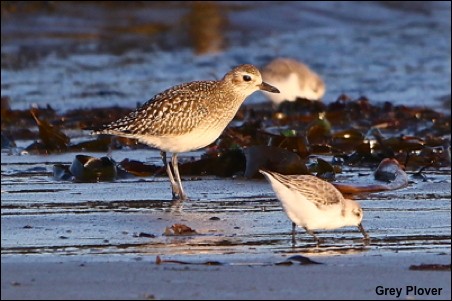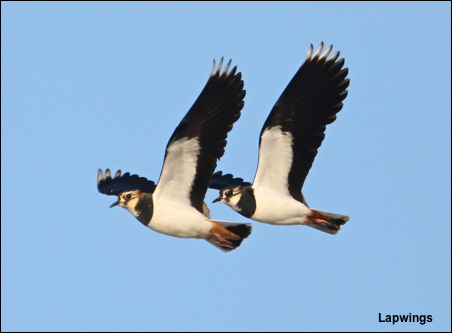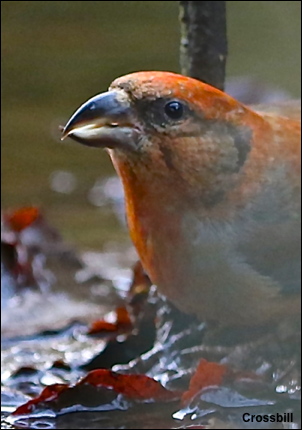February 26, 2017 at 7:54 pm

When you visit somewhere over forty years for the one hundred and fifth time you do not expect to film a new species. Last week on Islay I was filming a group of sixty Sanderling when from nowhere a solitary Grey Plover walked into the picture and commenced feeding with the Sanderlings. It was an unexpected bonus for Grey Plover on their own are usually very wary birds to approach with a camera.
The last two weeks on Islay have produced extremes of weather with gales, snow, heavy overnight rain and cancelled ferries! However, we have had many encounters with wildlife so be prepared for a raptor feast next week! Click here
February 19, 2017 at 9:46 am

It is almost impossible to believe that last Autumn’s phenomenal berry crop has now been exhausted with Waxwings now searching for an alternative food source. Last week a solitary apple tree in the centre of Manchester was spotted by three Waxwings. I spent a couple of days filming them,then the next day they were gone, with apples still left on the tree. Other Waxwings still in the area have been eating rose-hips and any cotoneasters are well worth checking as Waxwings will still be with us for another two months. Long may they stay. click here
February 12, 2017 at 5:15 pm

If I want to see Lapwings locally it is unlikely that I will find any in green fields.Instead I go down the road to my local Industrial Estate where on one occasion this winter there was a flock of more than three hundred present.As they are on the roof they are elevated nicely for photography.It is then only a waiting game before they fly around and give me the photos I am after.Click here
On the 5th February my local Snipe record increased even further when sixty five Common Snipe and twelve Jack Snipe were feeding in an only recently discovered area. While the twelve Jack Snipe may be an east Manchester record I am reliably informed that the County record stands at a mind boggling sixty eight!!
February 4, 2017 at 8:42 pm

No visit to Wales is complete without a search of its vast pine plantations for the bird with that incredible twisted bill, the Crossbill.Amongst British birds it is unique with a bill specially designed for extracting seeds from pine-cones. In Wales Crossbills lay their eggs in mid February so that in January there is plenty of activity as they pair off and commence nest-building. Unfortunately the immense size of the Welsh forests makes finding Crossbills very difficult. After a great deal of time we located a small number of birds drinking at a pool in some dense willows and I was able to obtain a couple of photos of them before they returned to the high pines.
While Crossbills are the star bird of the pine forest there are always good numbers of Siskins present and these are nowhere near as wary as the Crossbills so I have included some male Siskins in the gallery.Click here





